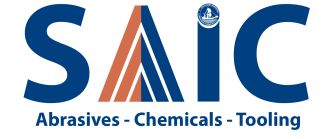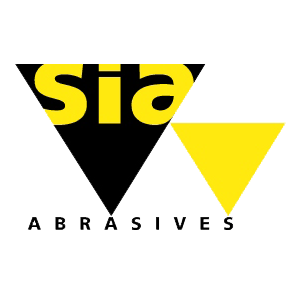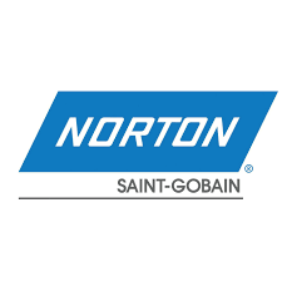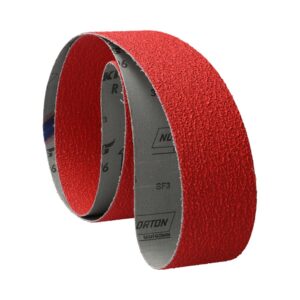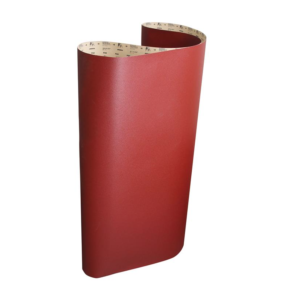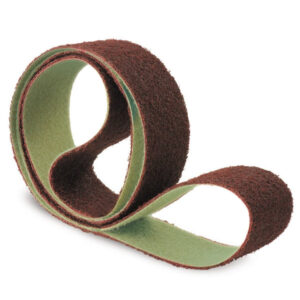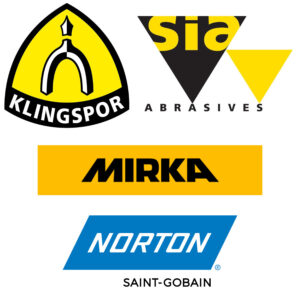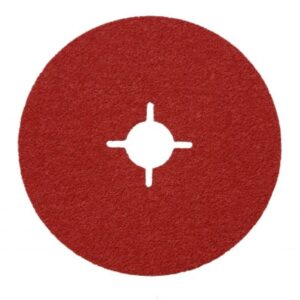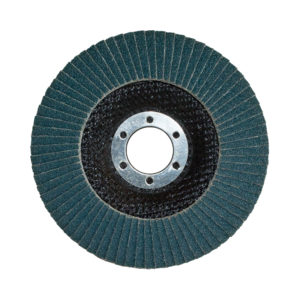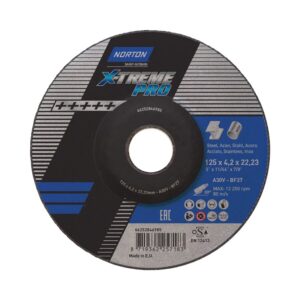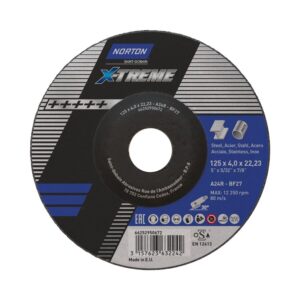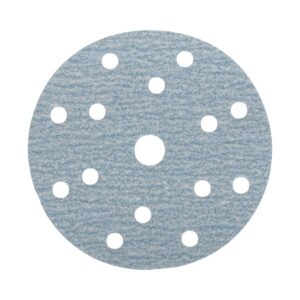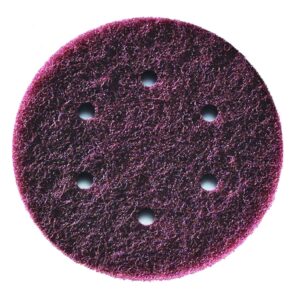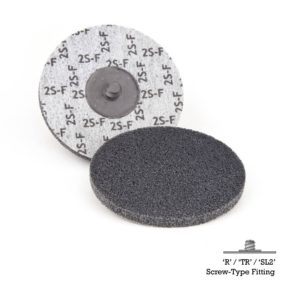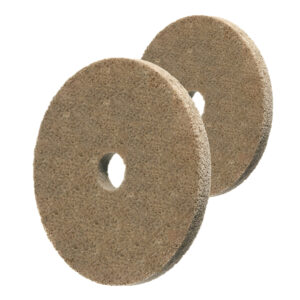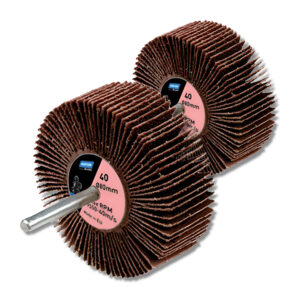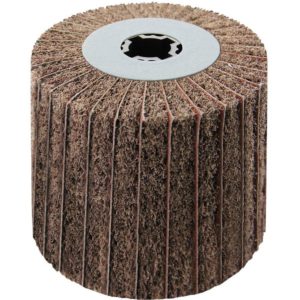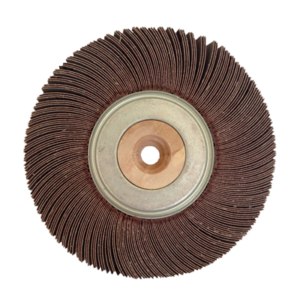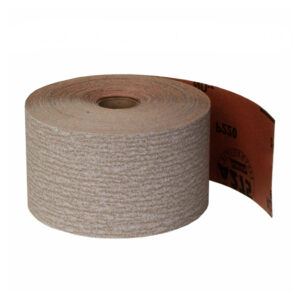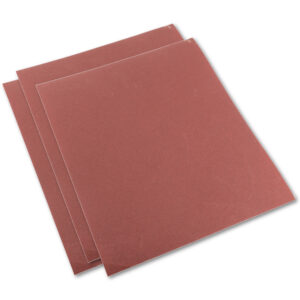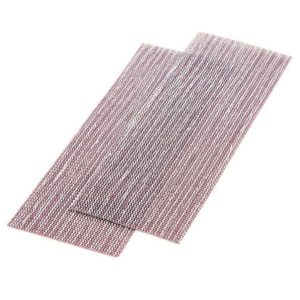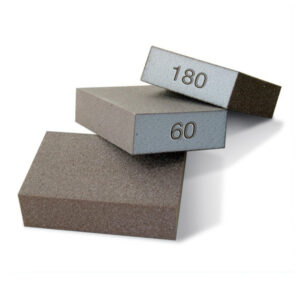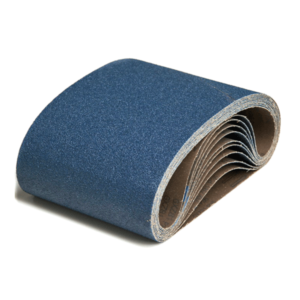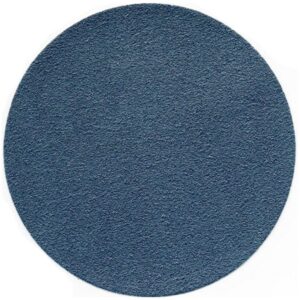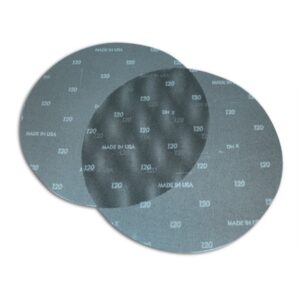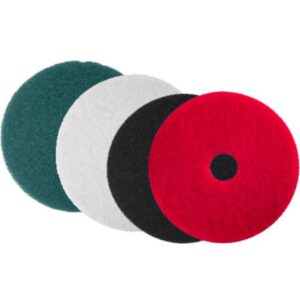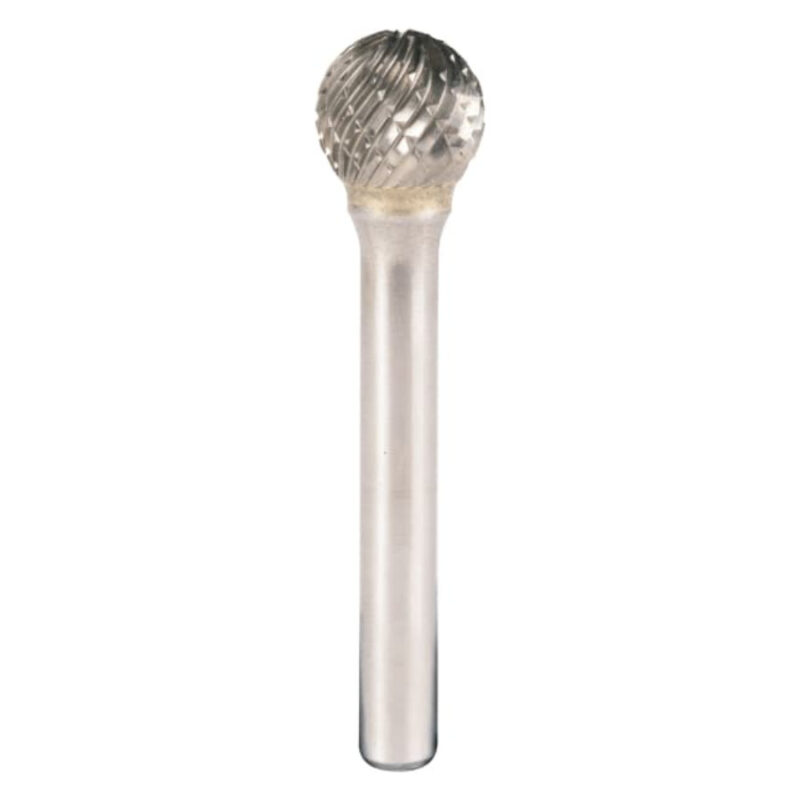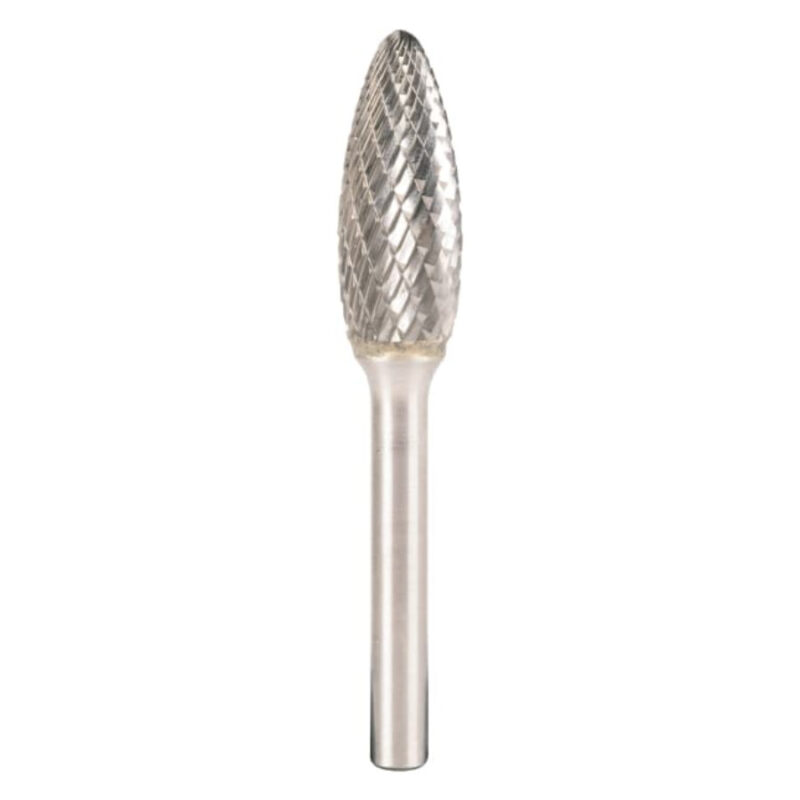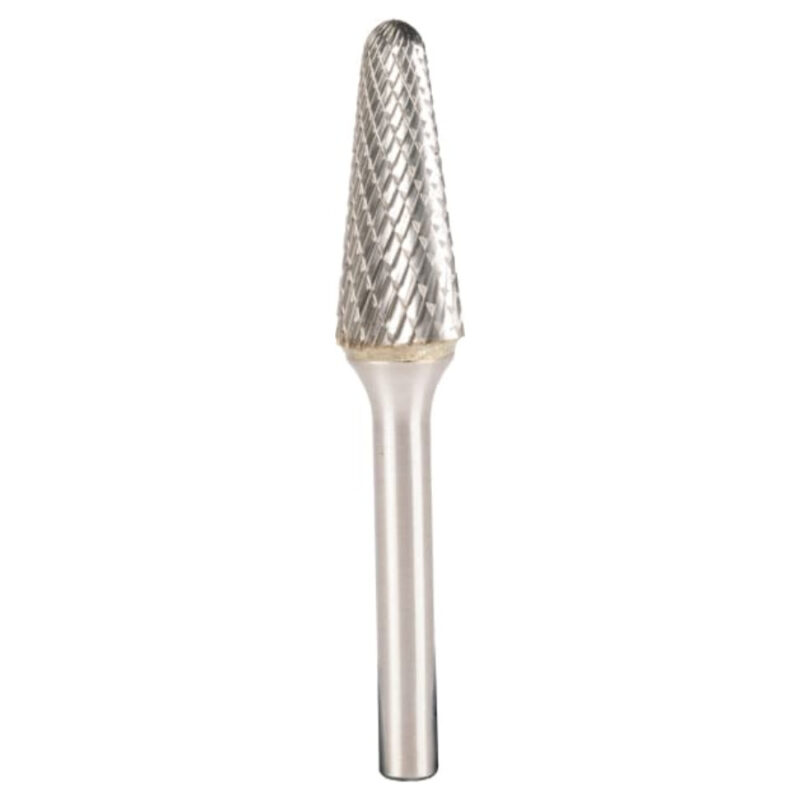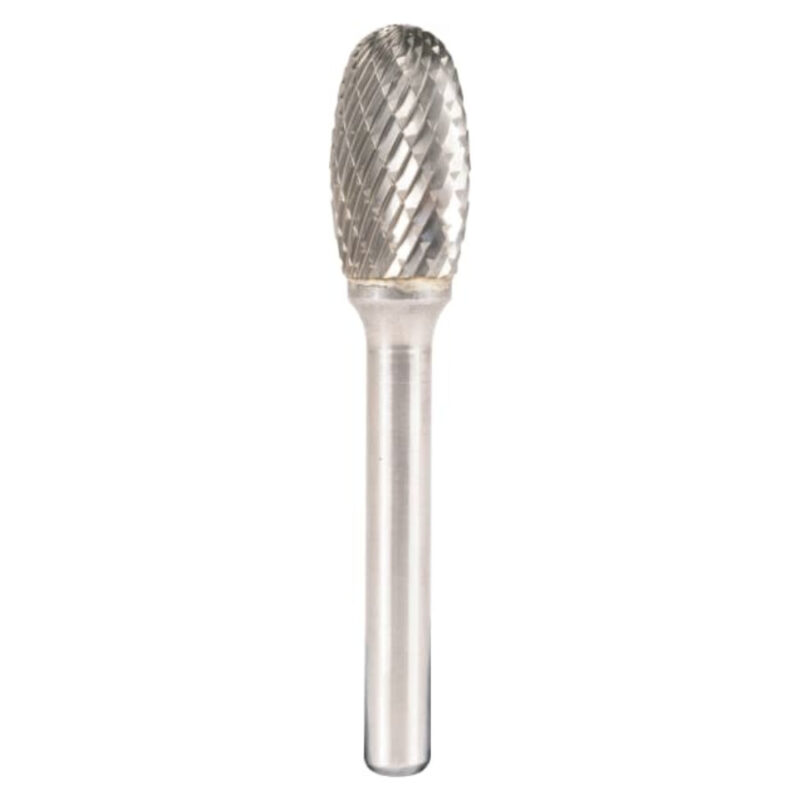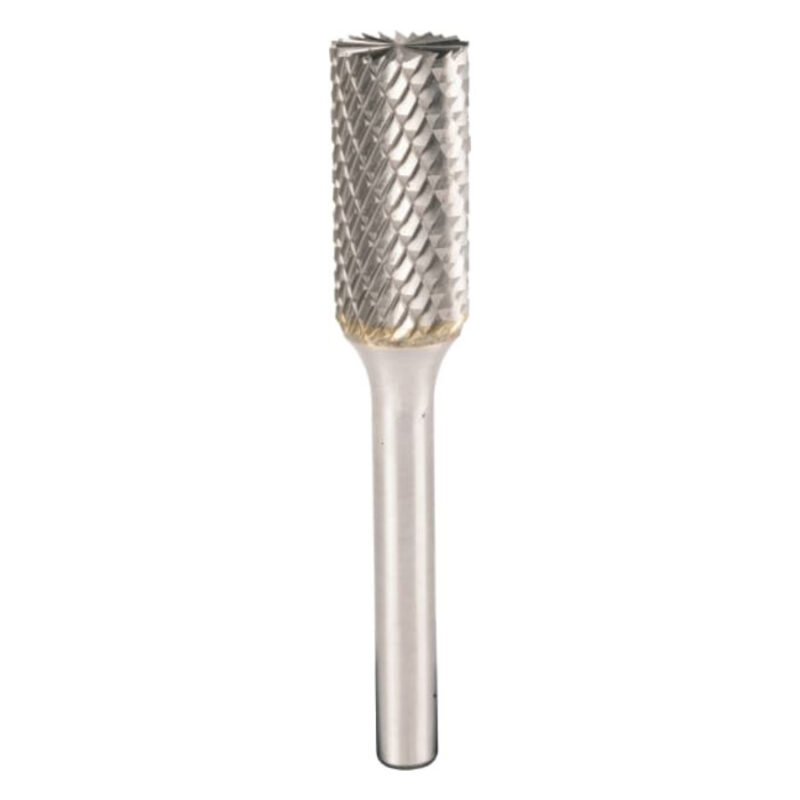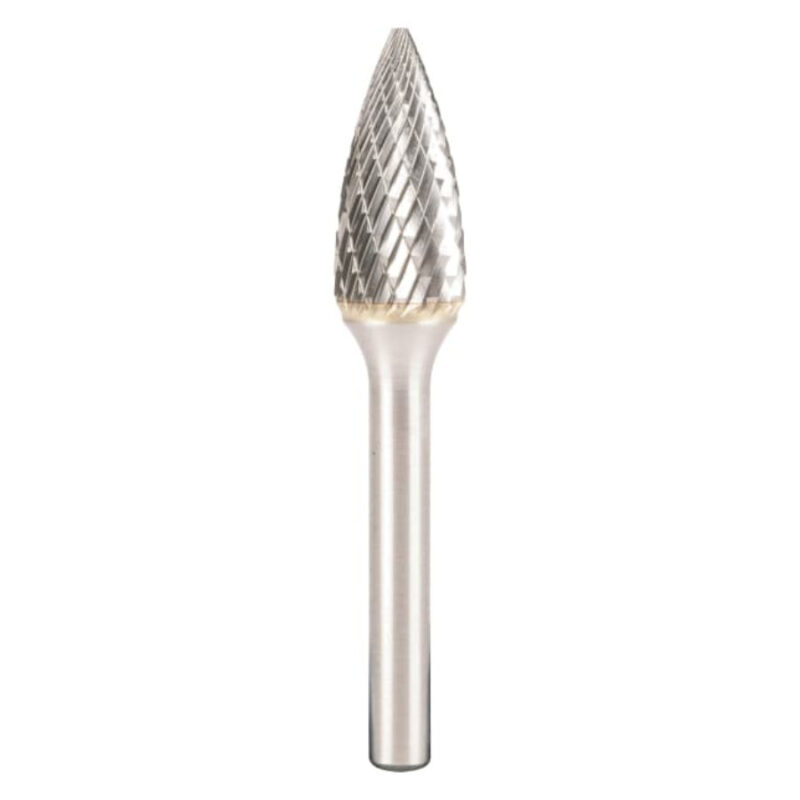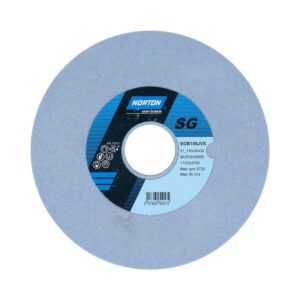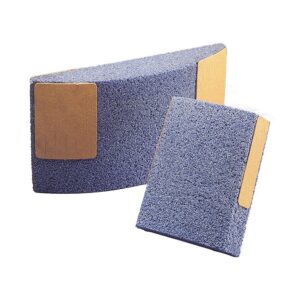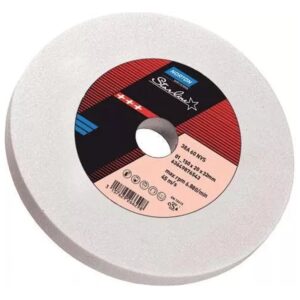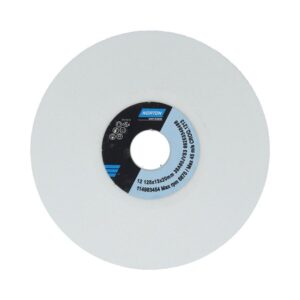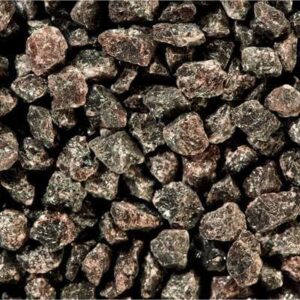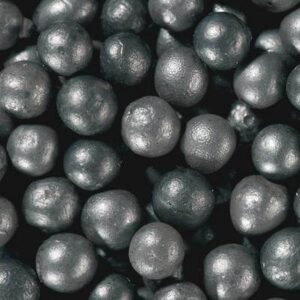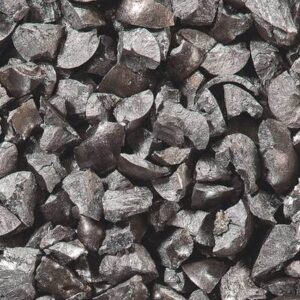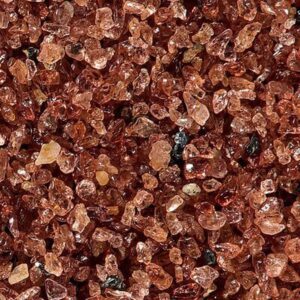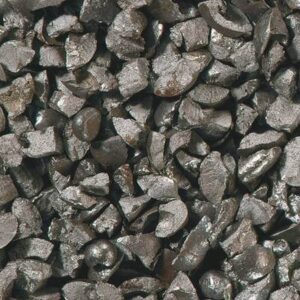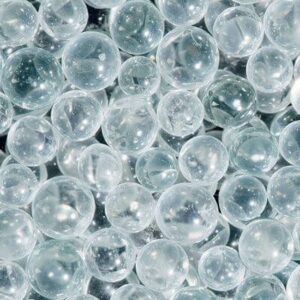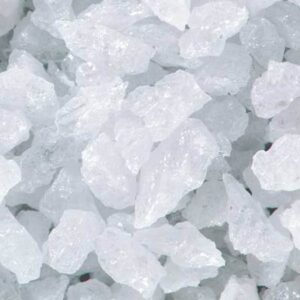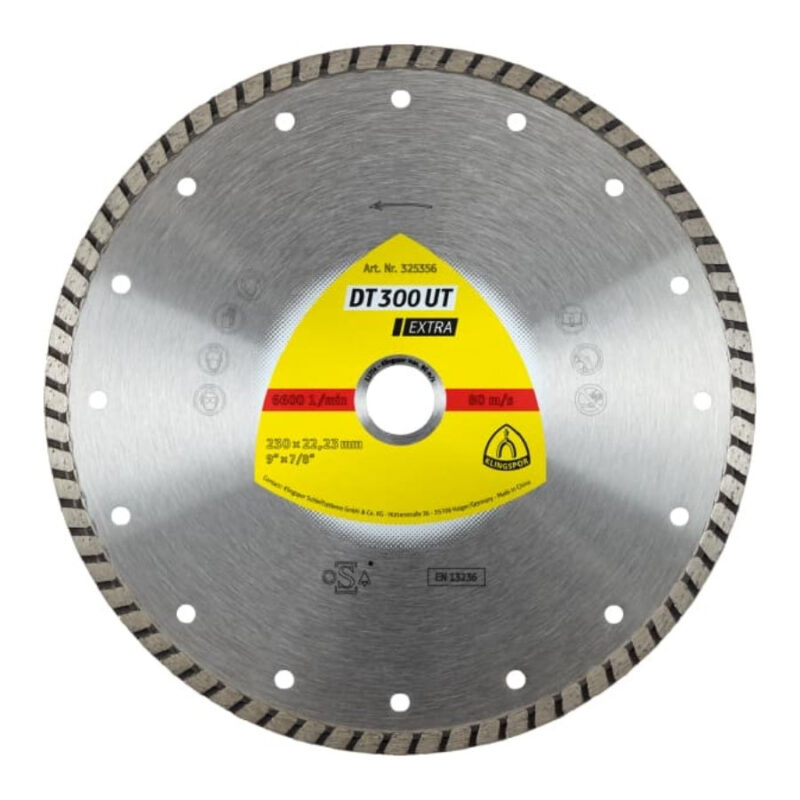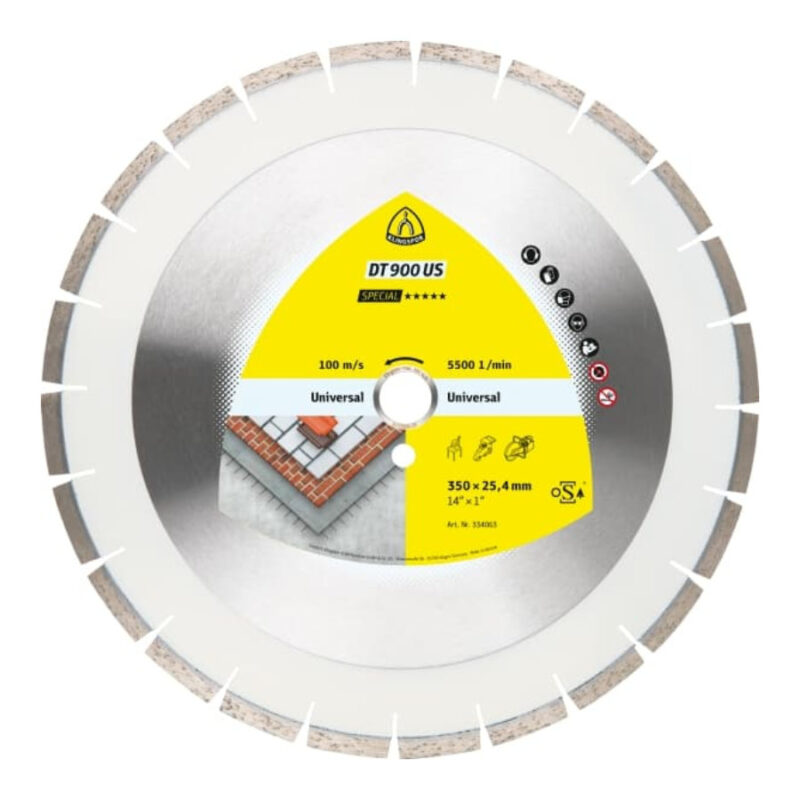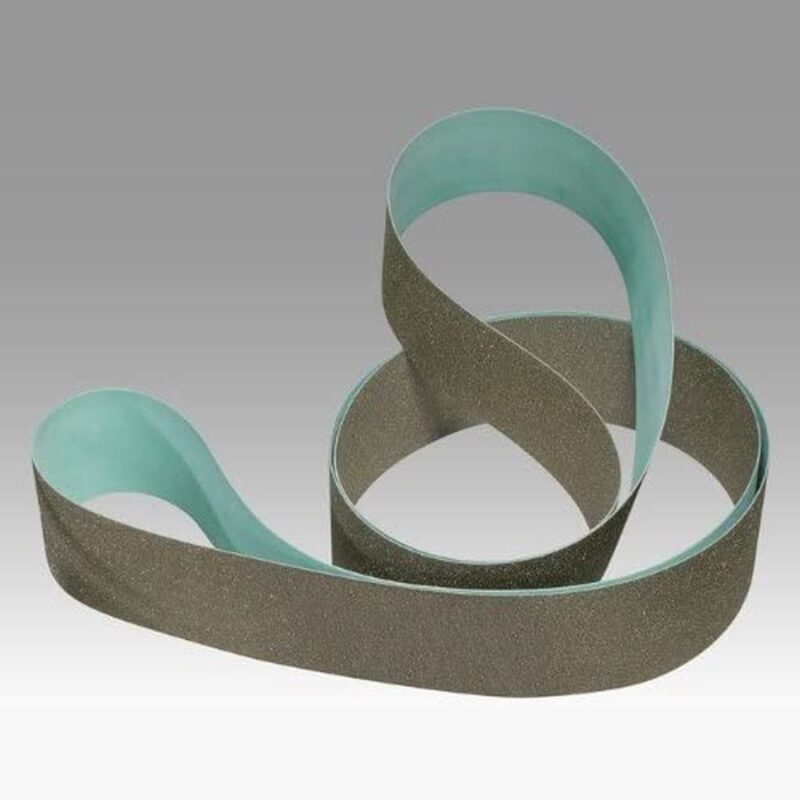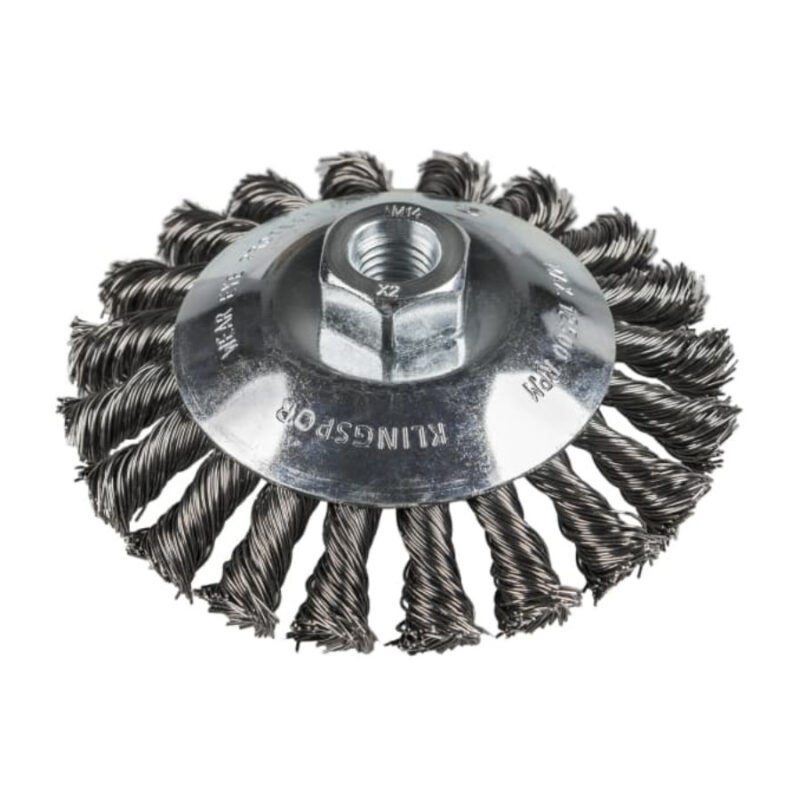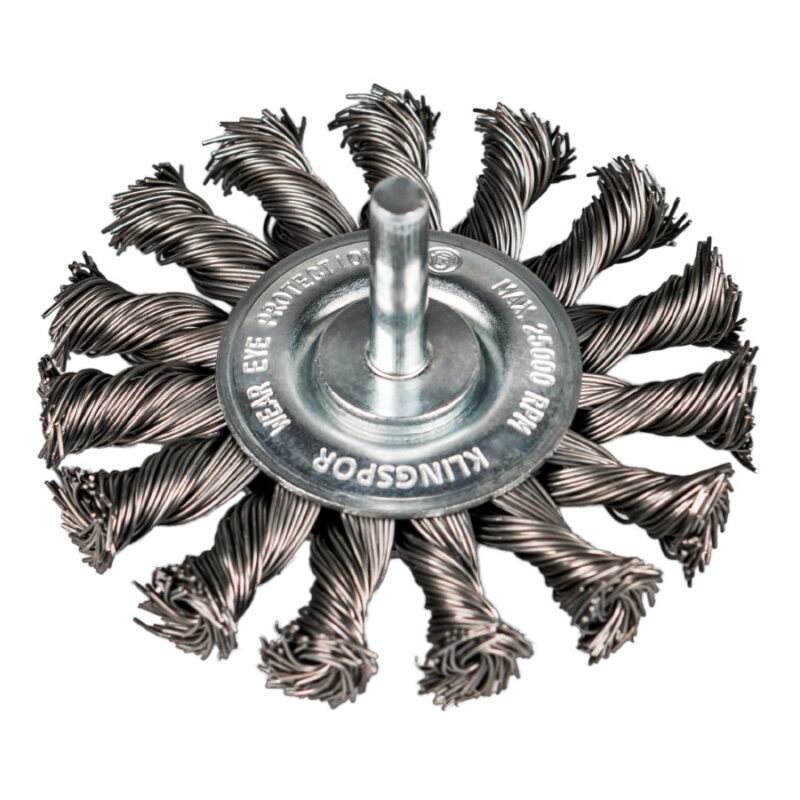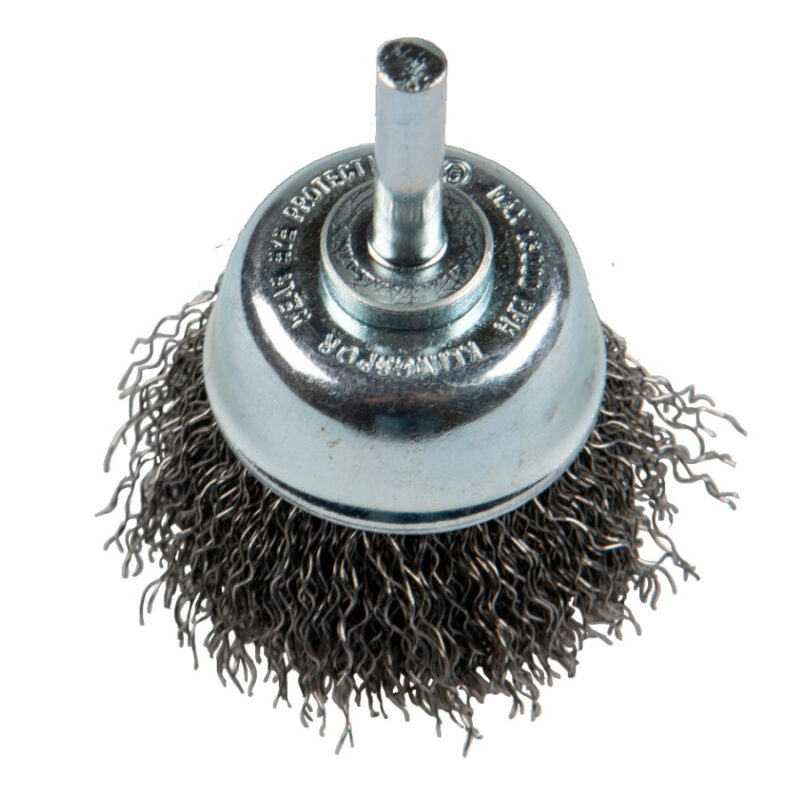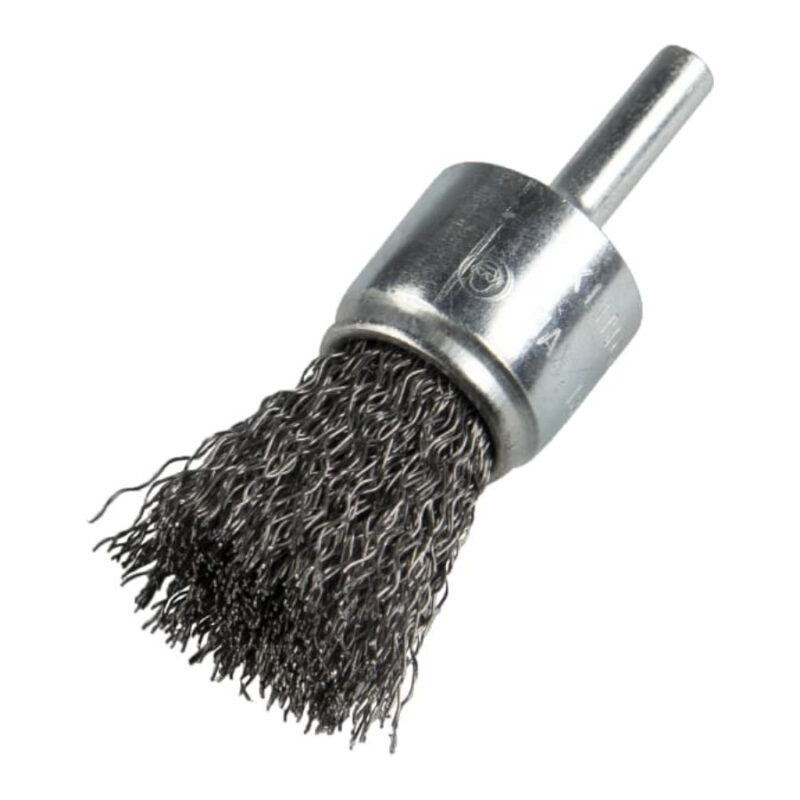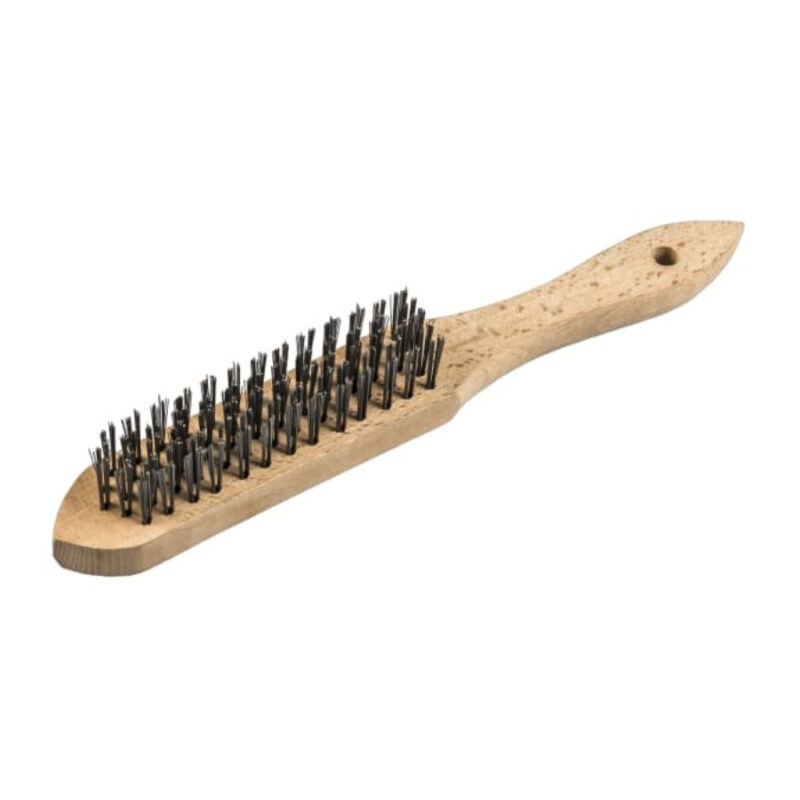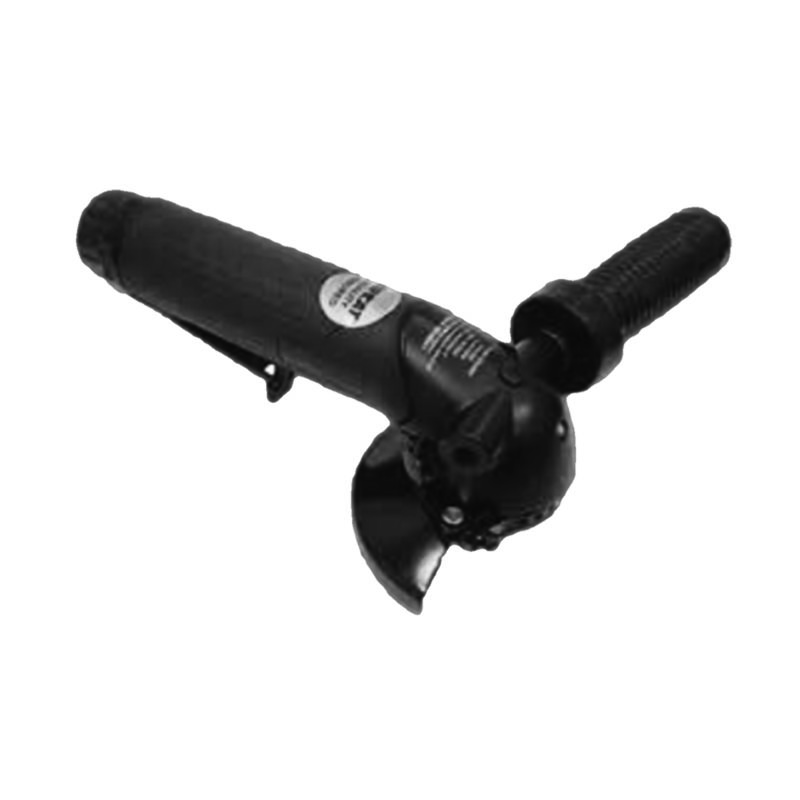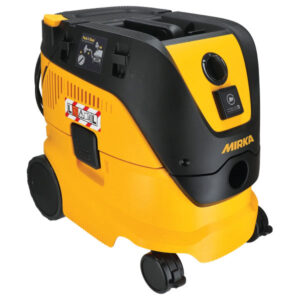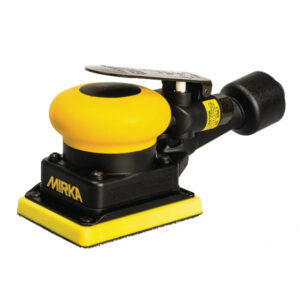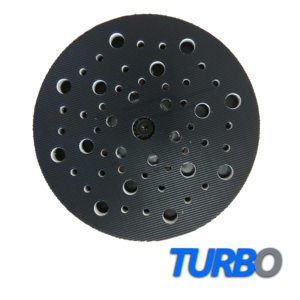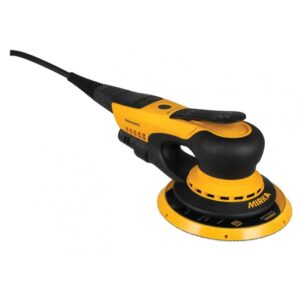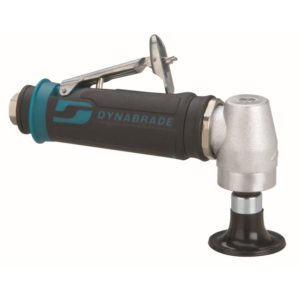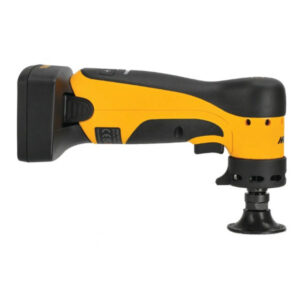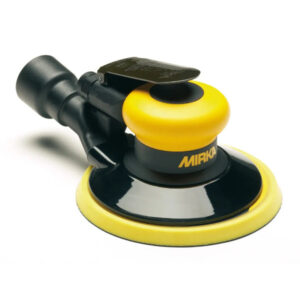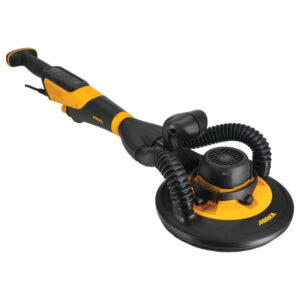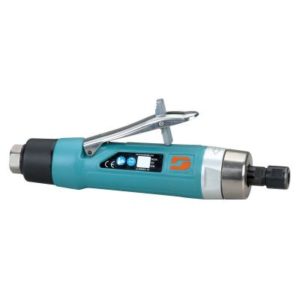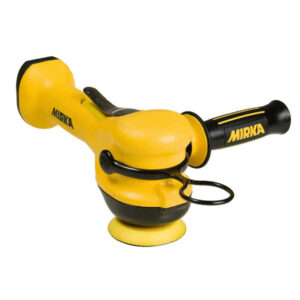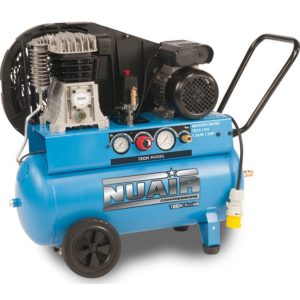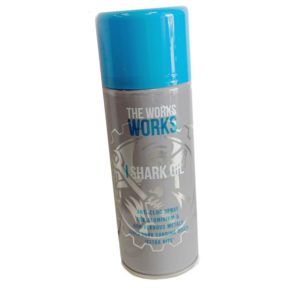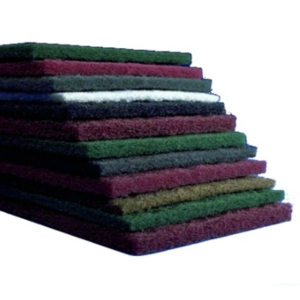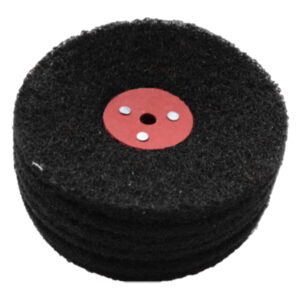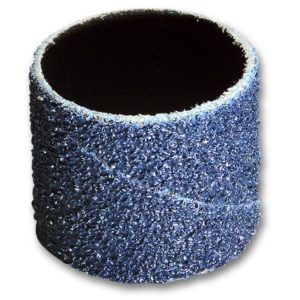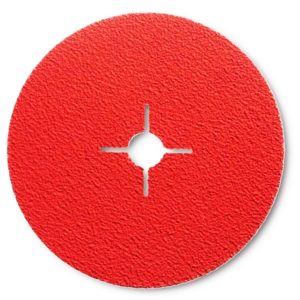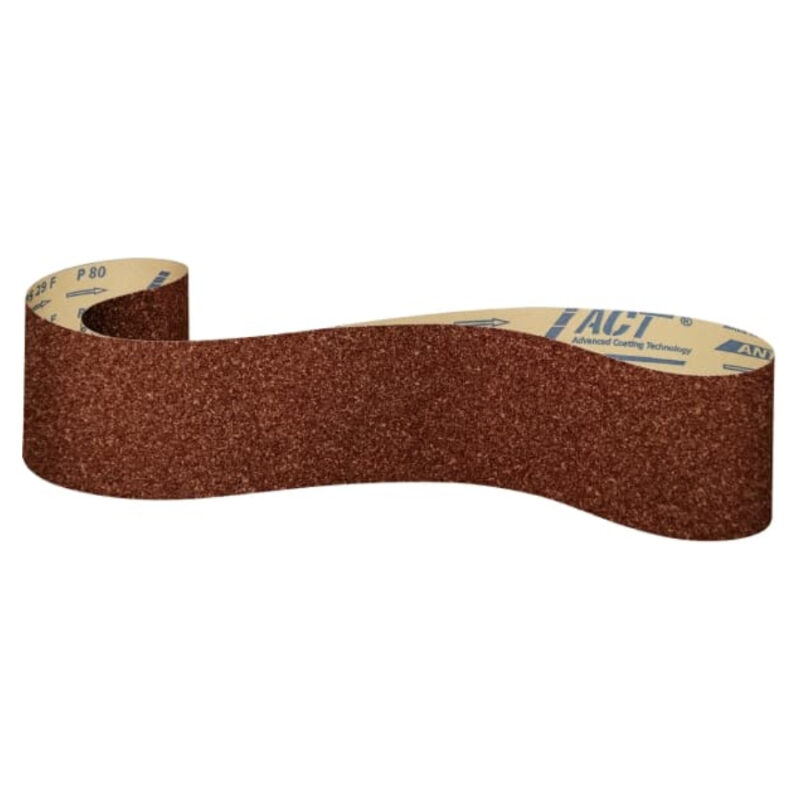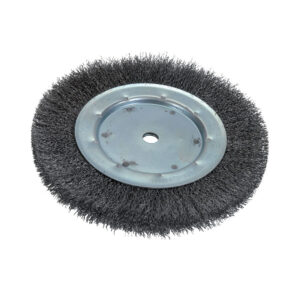Joinery
The joinery industry, which encompasses the production of wood components such as doors, windows, and furniture, relies heavily on abrasives for the efficient and precise shaping, sanding, and finishing of wood.
One of the most commonly used abrasives in the joinery industry is sandpaper. Sandpaper is typically made of a paper or fabric backing coated with abrasive particles such as aluminum oxide, silicon carbide, or garnet. The choice of abrasive material and grit size will depend on the task at hand. Coarser grits are used for heavy material removal, while finer grits are used for finishing.
In addition to sandpaper, abrasive discs are also commonly used in the joinery industry. These discs are available in a range of sizes and grits and can be used with a variety of power tools such as angle grinders and sanders. The most common types of abrasive discs used in joinery include flap discs, fiber discs, and quick-change discs.
Flap discs are made up of overlapping abrasive flaps that are adhered to a backing plate. They are often used for finishing work and are particularly useful for blending edges and smoothing out rough surfaces. Fiber discs are made of a reinforced fiber backing and are used for grinding and finishing. Quick-change discs are designed to be quickly and easily changed out on power tools, making them a popular choice for high-volume production environments.
Another commonly used abrasive in joinery is the sanding belt. Sanding belts are typically made of a cloth backing and are available in a range of grit sizes. They are used with belt sanders for heavy material removal and shaping.
In addition to these more traditional abrasives, non-woven abrasives are becoming increasingly popular in the joinery industry. Non-woven abrasives are made of a non-woven nylon fiber material that is impregnated with abrasive particles. They are available in a range of forms, including discs, sheets, and rolls, and can be used for a variety of tasks, including cleaning, deburring, and surface preparation.
Polishing compounds and buffing wheels are also commonly used in the joinery industry for achieving a high-gloss finish on wood. Polishing compounds are typically made of a wax or oil base that is mixed with abrasive particles. Buffing wheels, made of a soft material such as cotton or felt, are used in conjunction with the polishing compound to create a high-gloss finish.
It is worth noting that joinery abrasives must be carefully selected and used to avoid damaging the wood. Coarser grits and more aggressive abrasives should only be used when necessary to avoid removing too much material and damaging the wood’s structure. Similarly, polishing compounds should be used sparingly to avoid over-polishing and damaging the wood’s surface.
In summary, abrasives play a critical role in the joinery industry, enabling precise shaping, sanding, and finishing of wood components. Sandpaper, abrasive discs, sanding belts, non-woven abrasives, and polishing compounds are among the most commonly used abrasives in joinery. It is important to carefully select the appropriate abrasive for each task and to use them with care to avoid damaging the wood.
